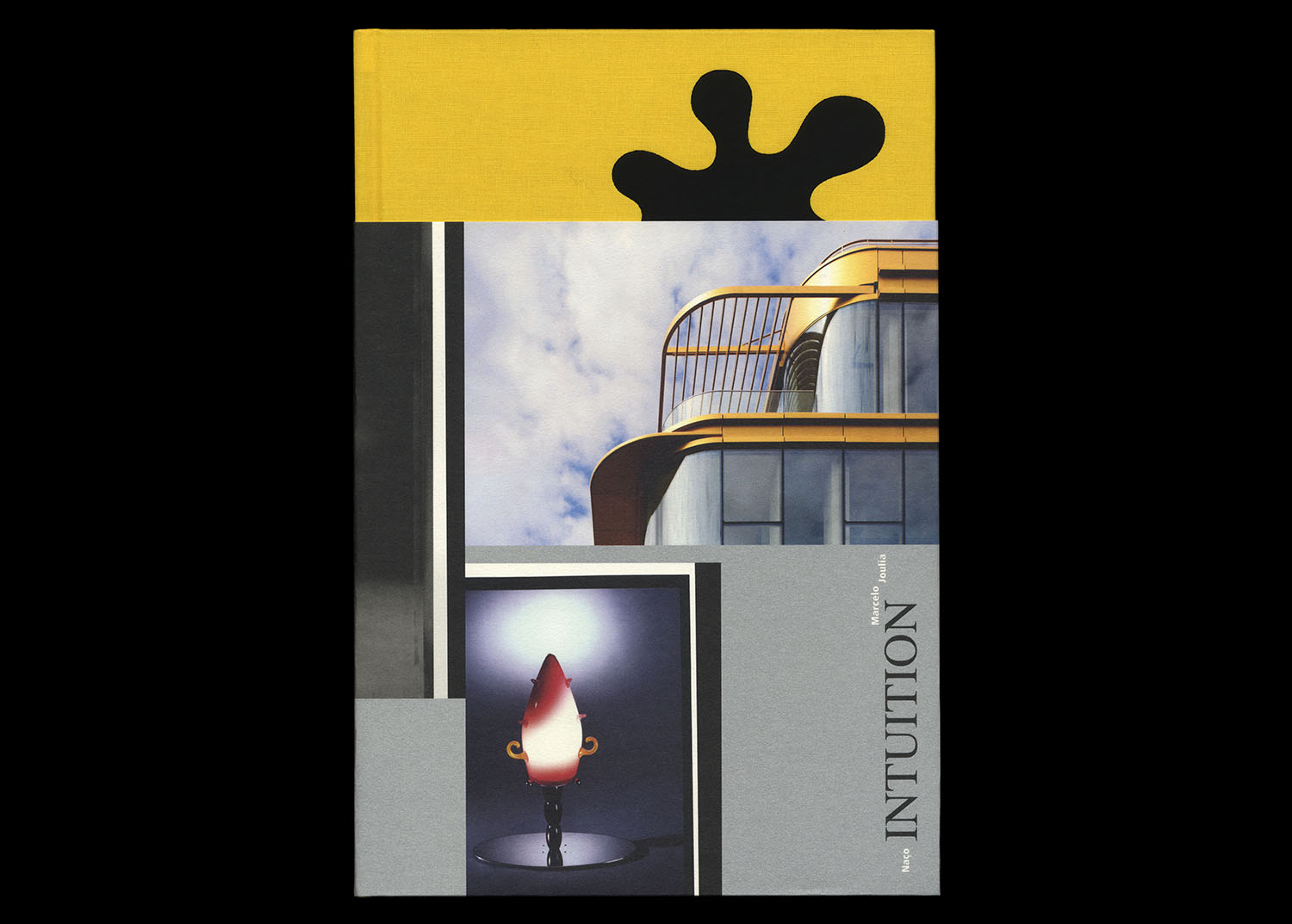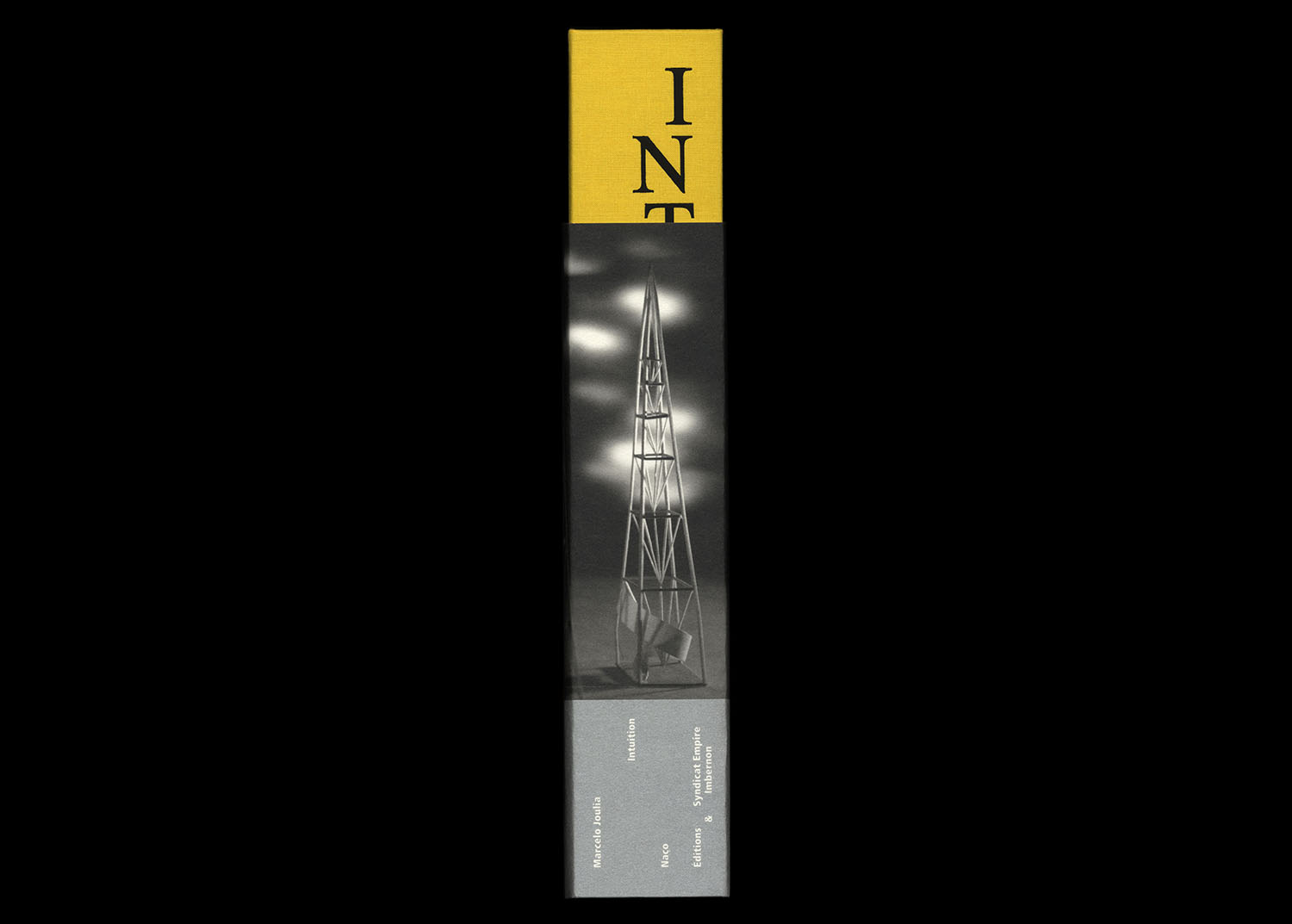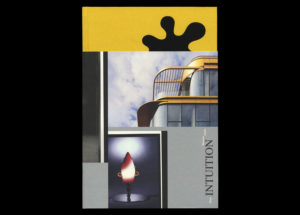Intuitions, Naço, Marcelo Joulia — Yellow cover, English Version
Related products
Revue Faire, Season 3, 2021-2023















Each 15 days from Octobre 2021 to February 2023
English/French
20 pages and sometimes more
210 × 297 mm
CMYK or sometimes more
Saddle stitched binding
Design: Syndicat
7€ or 14€ per issue
15 issues Subscription: 90€ (shipping included)
Each 15 days from Octobre 2021 to February 2023
English/French
20 pages and sometimes more
210 × 297 mm
CMYK or sometimes more
Saddle stitched binding
Design: Syndicat
7€ or 14€ per issue
15 issues Subscription: 90€ (shipping included)
Forthcoming issues:
n°31 — An Edition: The Serving Library. Interview with Stuart Bertolotti-Bailey by James Langdon — available
n°32 — A Graphic Designer and Illustrator: Bráulio Amado. Author: Manon Bruet — available
n°33 — Ligneous, tentacular forms: Decorative invasions and man eating plants. Author: Camille Pageard — available
n°34 — An award: What is a most beautiful book? Author: Thierry Chancogne — available
n°35 — An eye: artists’ view of the modern world 1911 – 1938. Author: Sonia de Puineuf — available
n°36 — Photography suspended: Herbert Bayer. Author: Remi Parcollet — available
n°37 — A polygraph: Georges Nelson. Author: Catherine Geel — available
n°38 — A debate: Jan Van Toorn / Wim Crouwel. Author: Thierry Chancogne — available
n°39 — A series of cards and performances: My Calling (Card) #1 #2 #3 by Adrian Piper. Author: Jérôme Dupeyrat — available
n°40 — A collaboration: Les Urbaines & Eurostandard. Author : Manon Bruet — available
n°41 — The Image of Fashion: Forget (fashion) photography? Author: Aude Felley — available
n°42 — 12 or 13 things I know about: F.R.DAVID. Authors: Victoire Le Bars et Benjamin Thorel — available
n°43 — A typeface: “Typographic writing”. Author: Thierry Chancogne — Forthcoming
n°44 — A conundrum: the visual communication of neuroscience. Author: James Langdon — Forthcoming
n°45 — Made Redundant. (4 templates). Author: Stuart Bertolotti-Bailey — Forthcoming
IBM, Paul Rand’s Graphic Standards Manual reprint
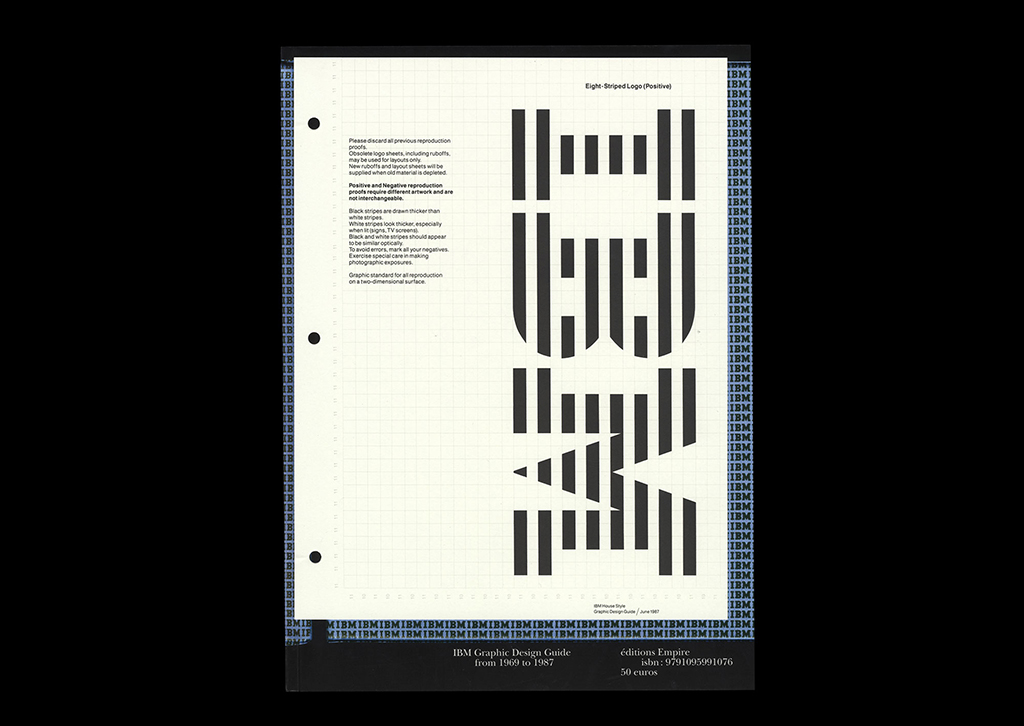

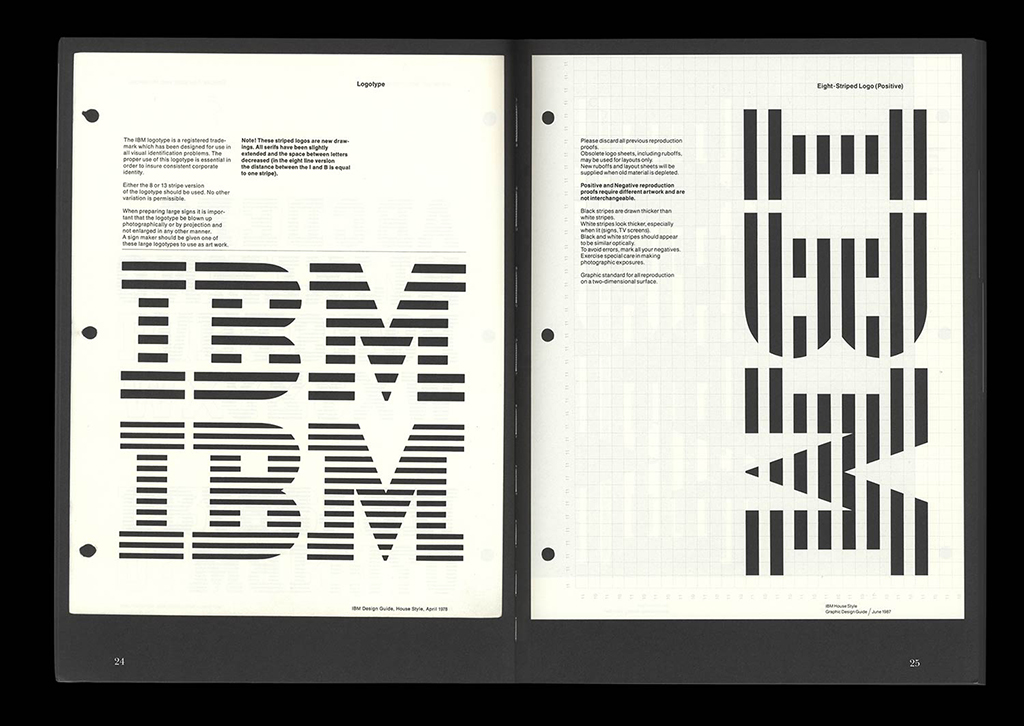
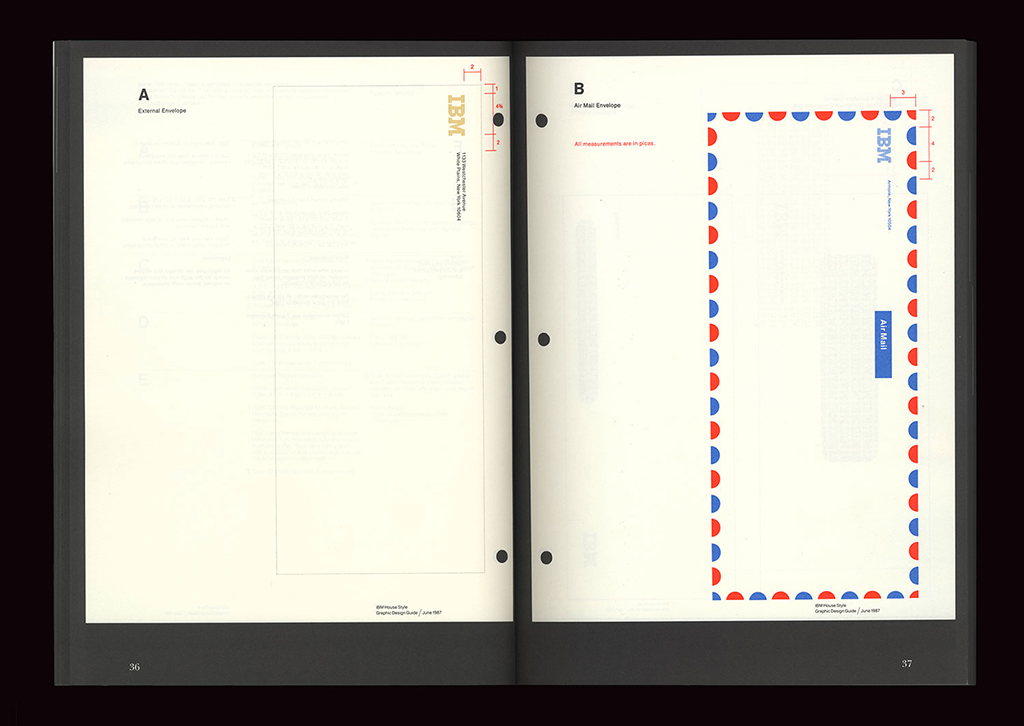
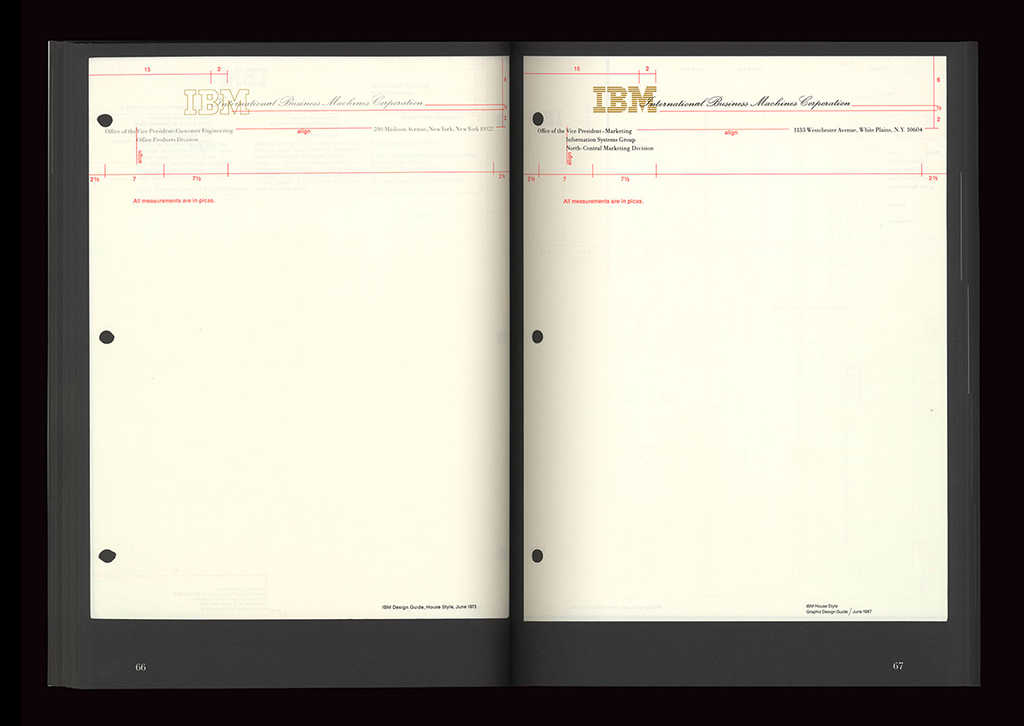

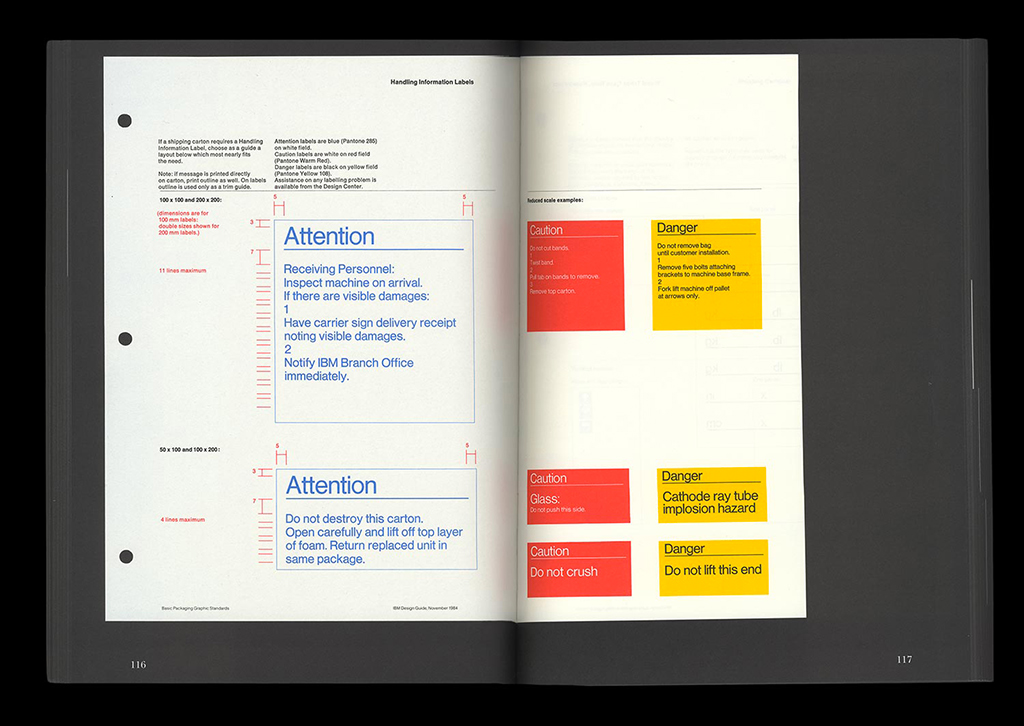
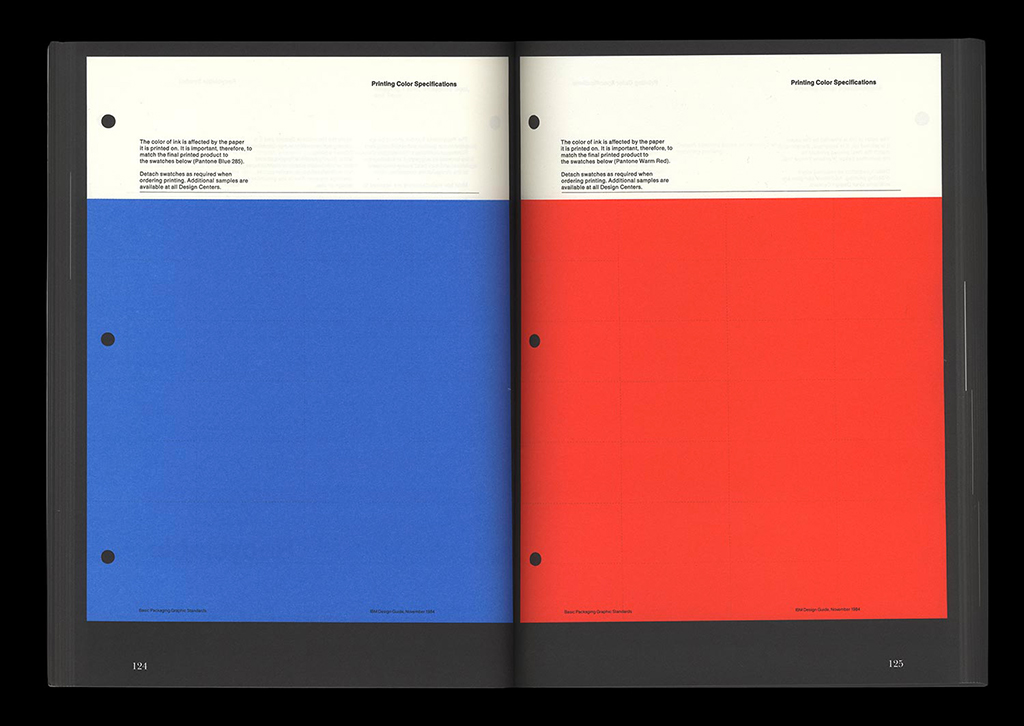
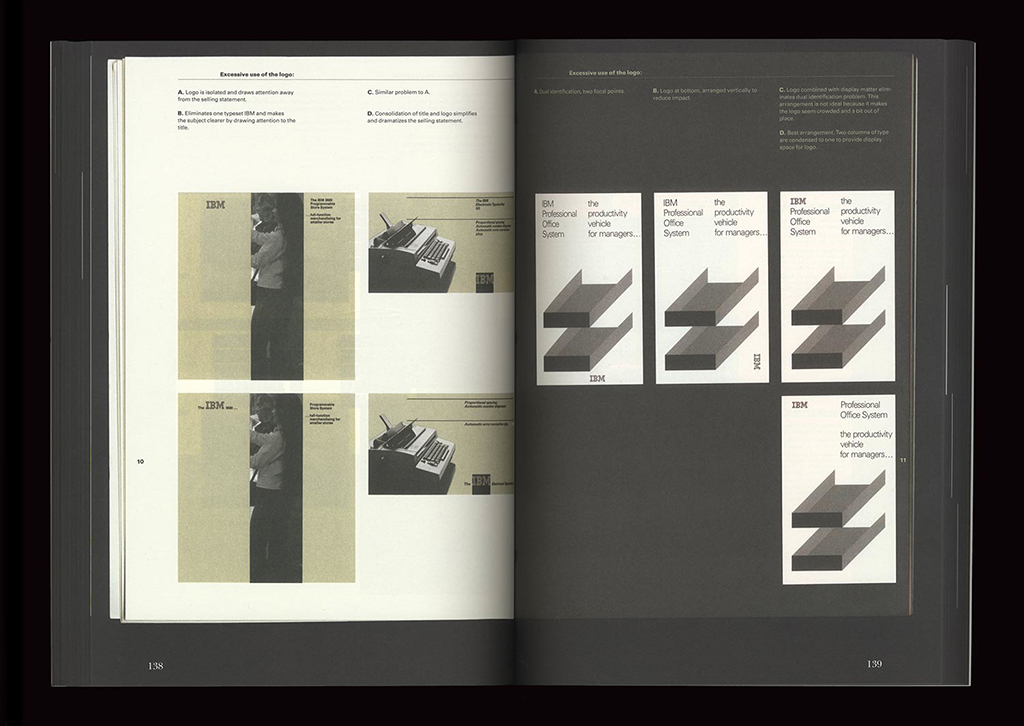
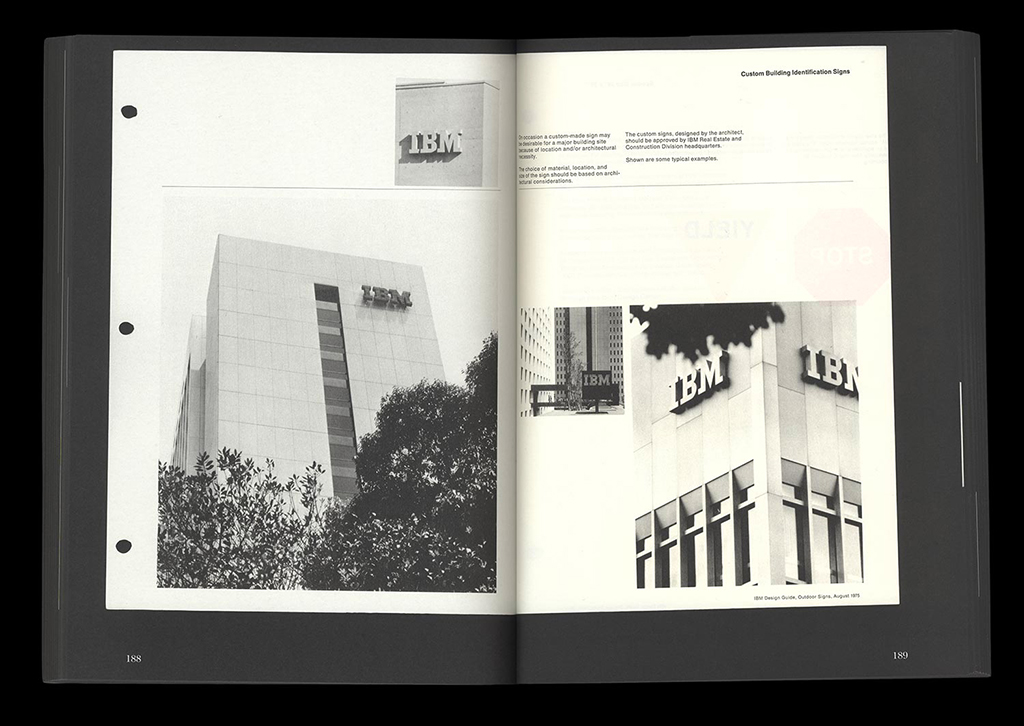
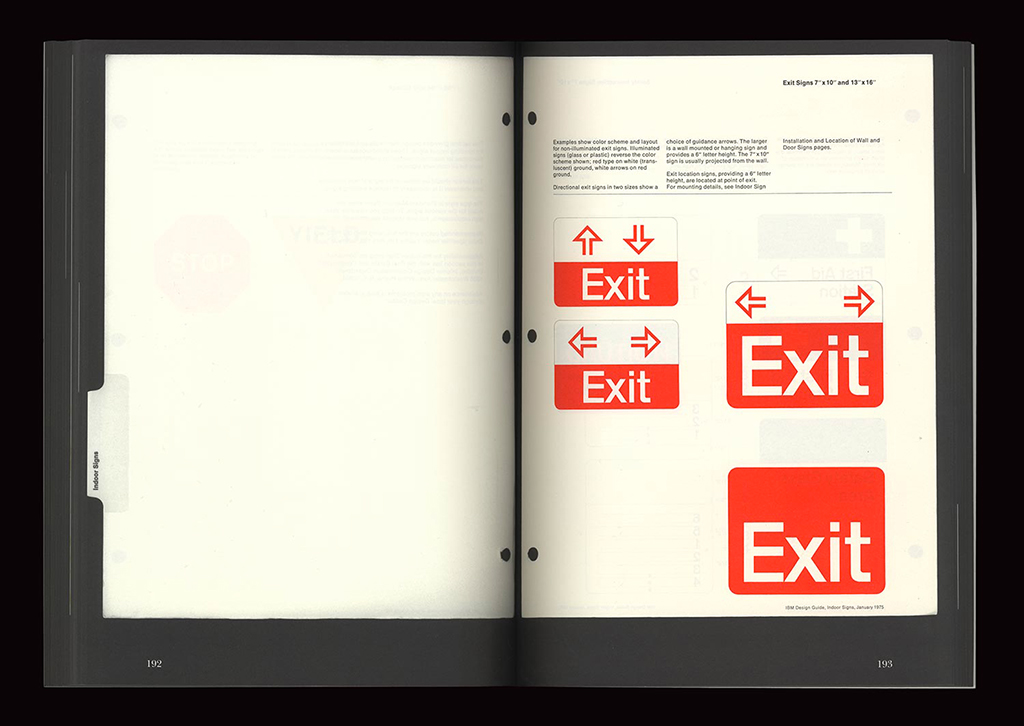
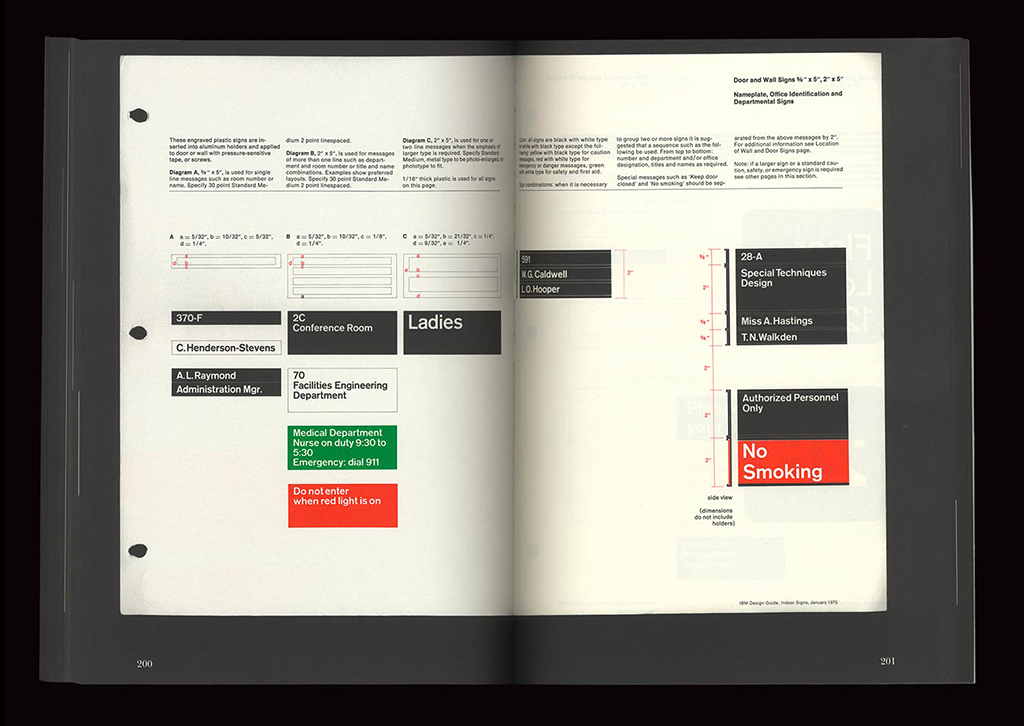
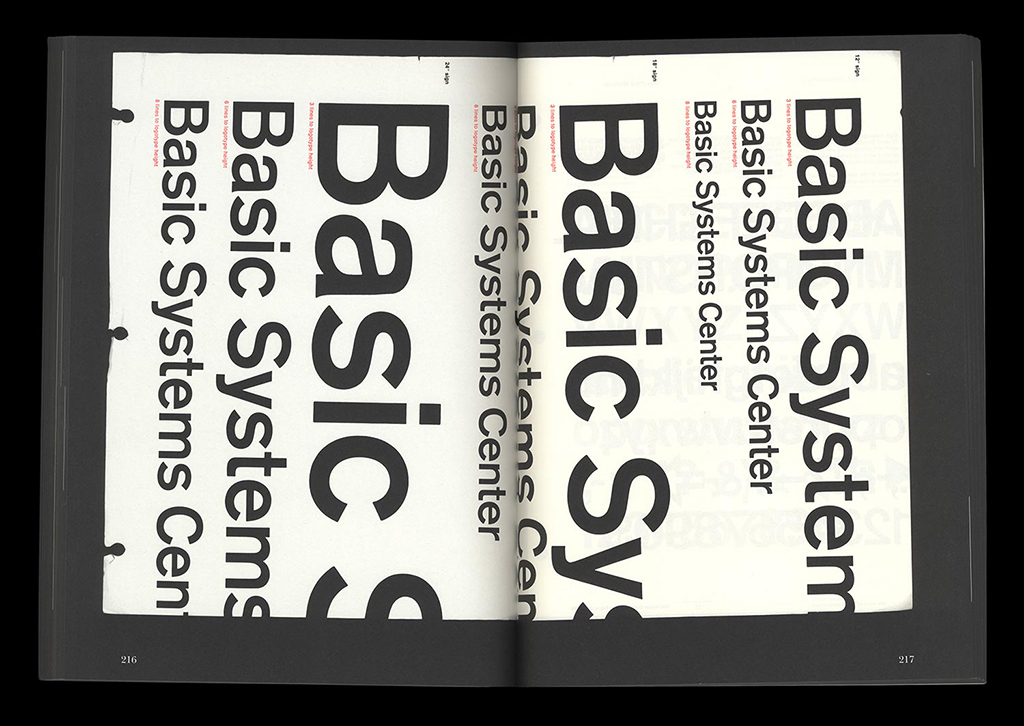
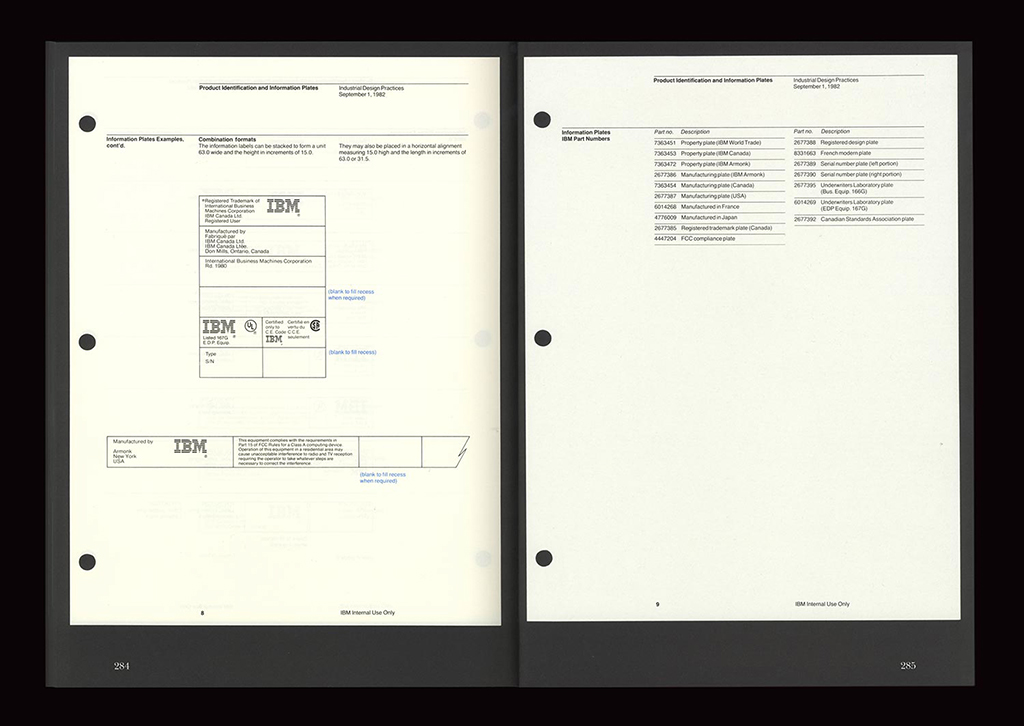
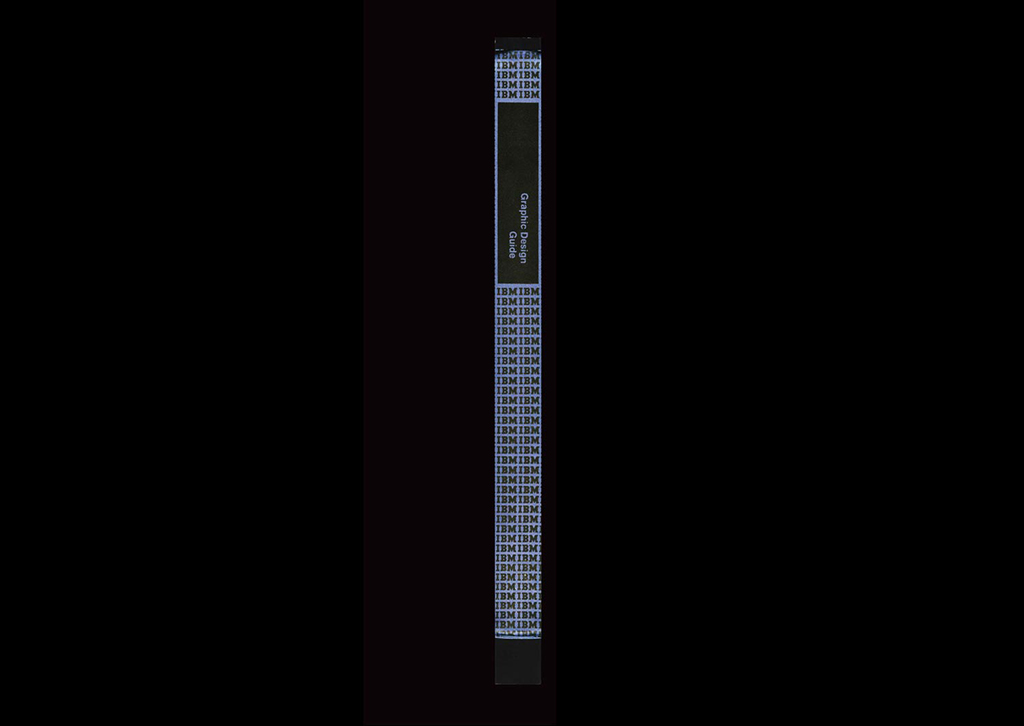
ISBN: 979-10-95991-07-6
English + French translation
292 + 44 pages
235 × 320 mm
CMYK + 9 Pantone ©
High resolution scans of the original pages, scale 1/1.
Preface by Steven Heller
Design: Syndicat
Translation English to French : Quentin Schmerber
2018
50€
ISBN: 979-10-95991-07-6
English + French translation
292 + 44 pages
235 × 320 mm
CMYK + 9 Pantone ©
High resolution scans of the original pages, scale 1/1.
Preface by Steven Heller
Design: Syndicat
Translation English to French : Quentin Schmerber
2018
50€
In 1956 the designer Eliot Noyes was employed by the Director of IBM to rethink the company’s design as a whole, from products to communication right up to the architecture of the buildings.
Graphic Designer Paul Rand was invited to define all of the graphic documents used in the company. Thus began one of the most memorable graphic design projects of the 20th century, at the heart of the “IBM Graphic Design Program”.
The series of IBM logotypes created by Paul Rand culminated in 1972 in a drawn version made up of layered strips, making the company’s initials instantly recognisable all over the world. This iconic logo, composed of 8 bars, continues to be used today.
Between the sixties and the eighties a significant group of graphic rules and uses was documented and regularly updated in a folder that was organised into sections. Inside we can find the instructions that allow us to reproduce the logotype, graphic and typographic rules, designs for internal and external documents, signage and architectural applications. This document allows one to work with the company’s graphic signs in coherence and efficient discussion with other trades. Today this folder is an iconic, rare and little documented object and it seems important to us to render it accessible and distributable, to Graphic designers, students and anyone interested in the adventure undertaken by this emblematic company.
Considering the many updates that were made to graphic design standards and norms, the different folders of the IBM norm that we consulted often differed greatly in terms of their content.
The successive documents from the folder and their developments will be published and reproduced so as to offer the widest possible vision of the work accomplished over a period of more than twenty years. This work will be done in collaboration with the archive team from IBM New York, and the Kandinsky Library of the Georges Pompidou Centre in Paris.
The project is being undertaken with the approval of the legal successors of Paul Rand and IBM itself.
Artists as Iconographers, 1st edition, Garance Chabert & Aurélien Mole

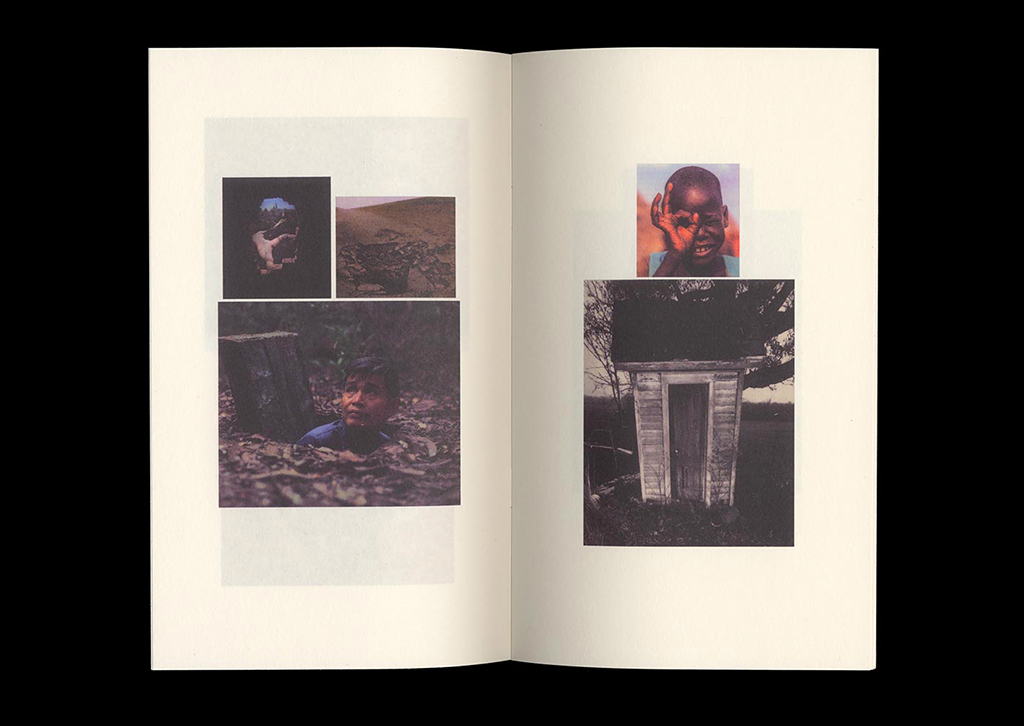
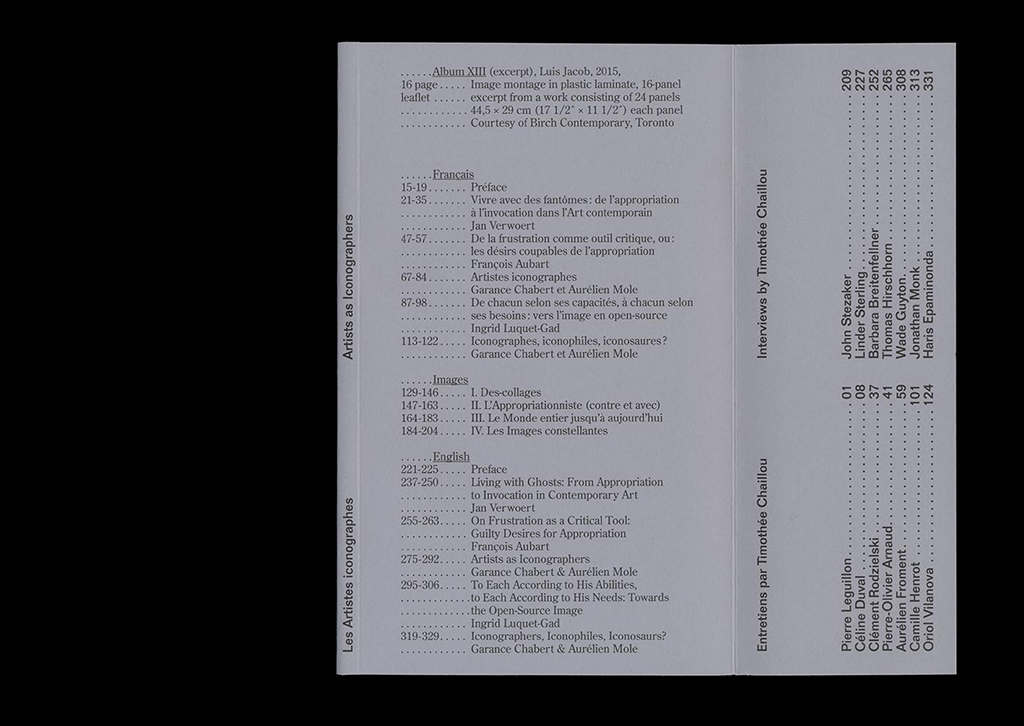
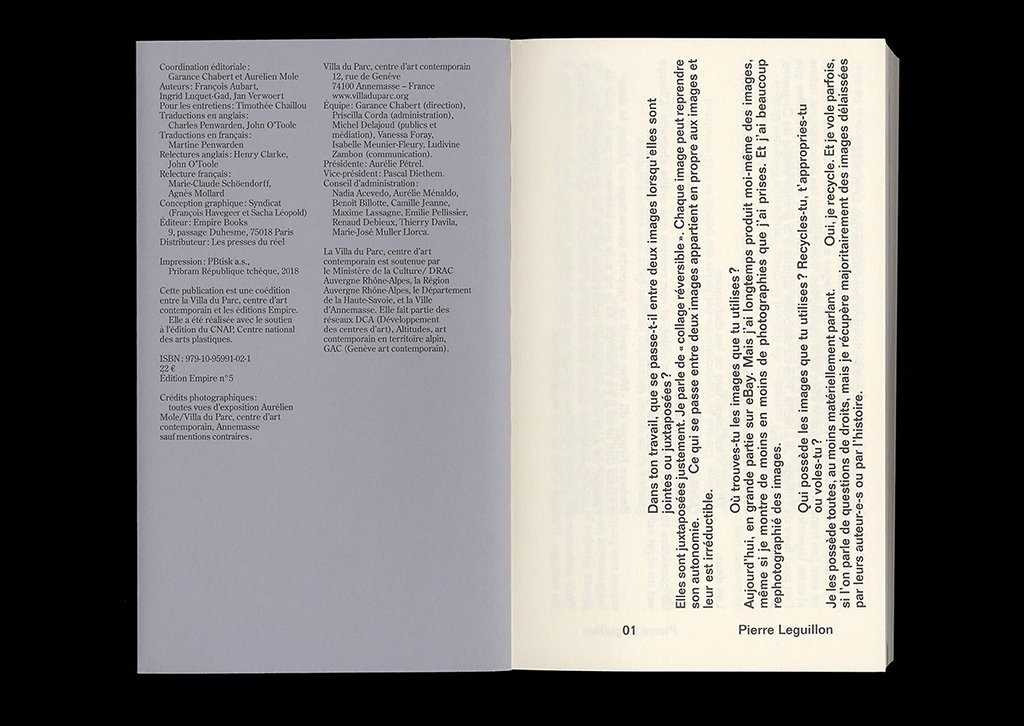
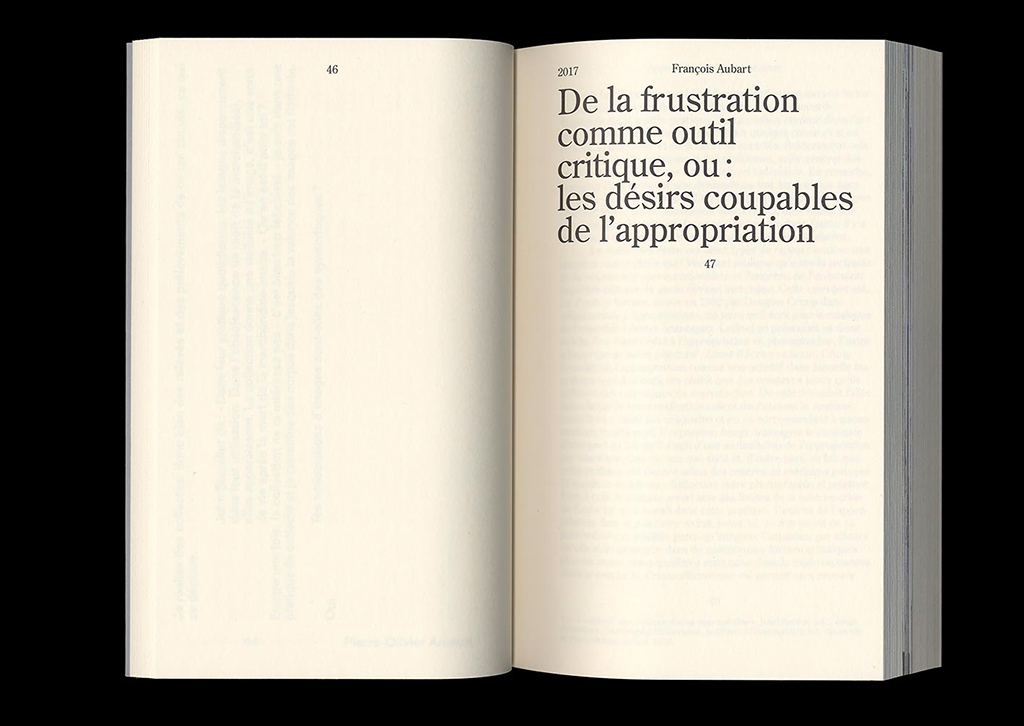
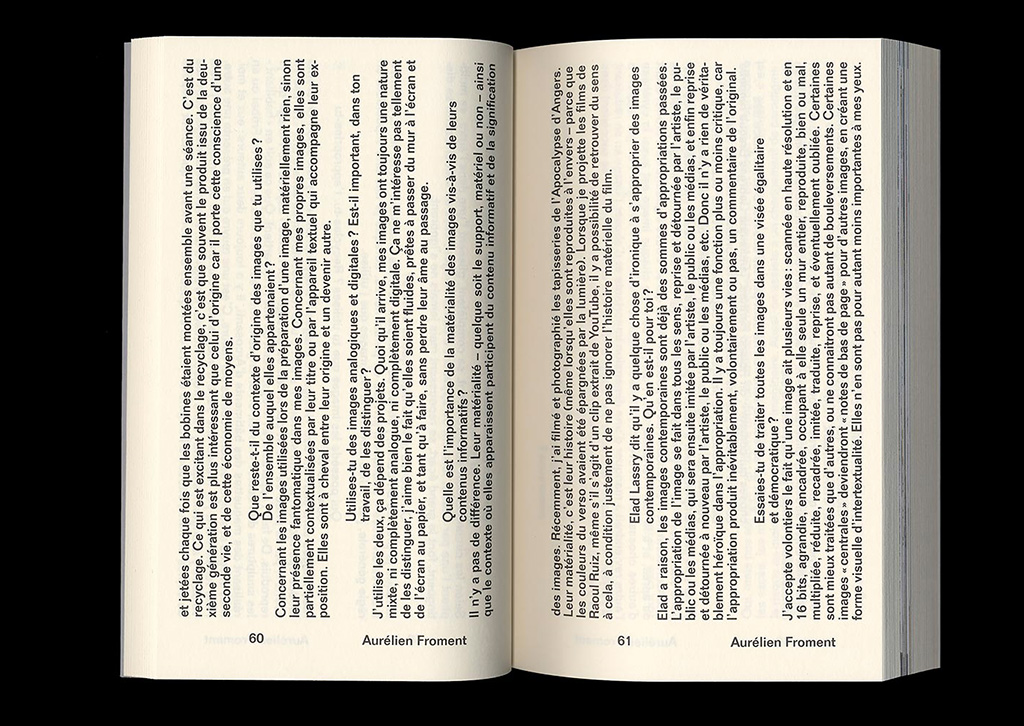
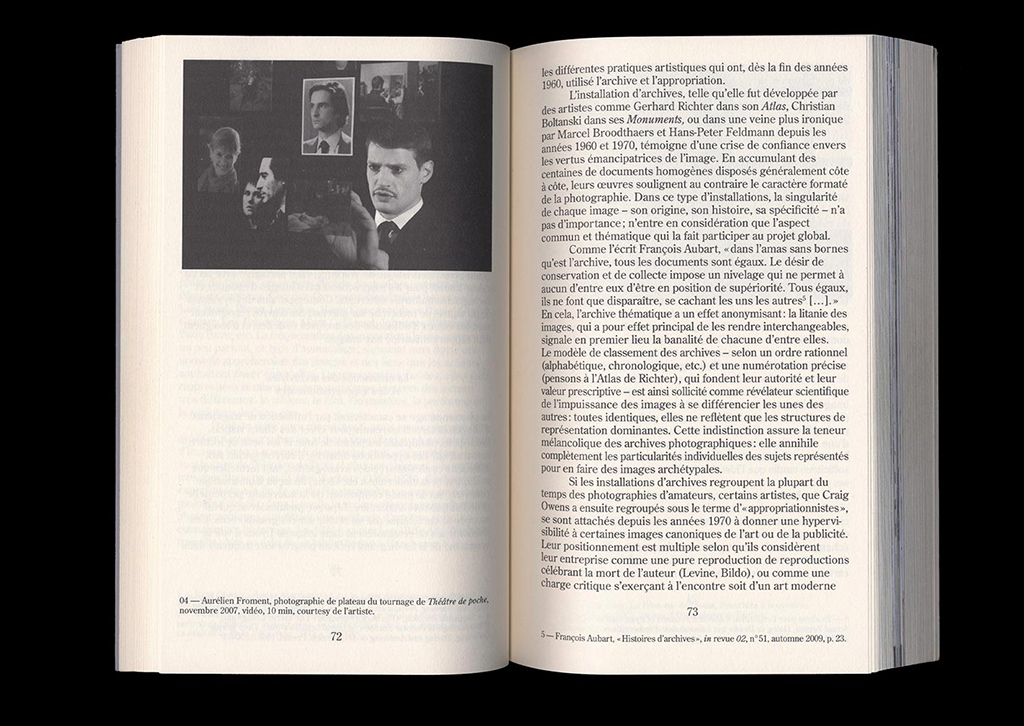
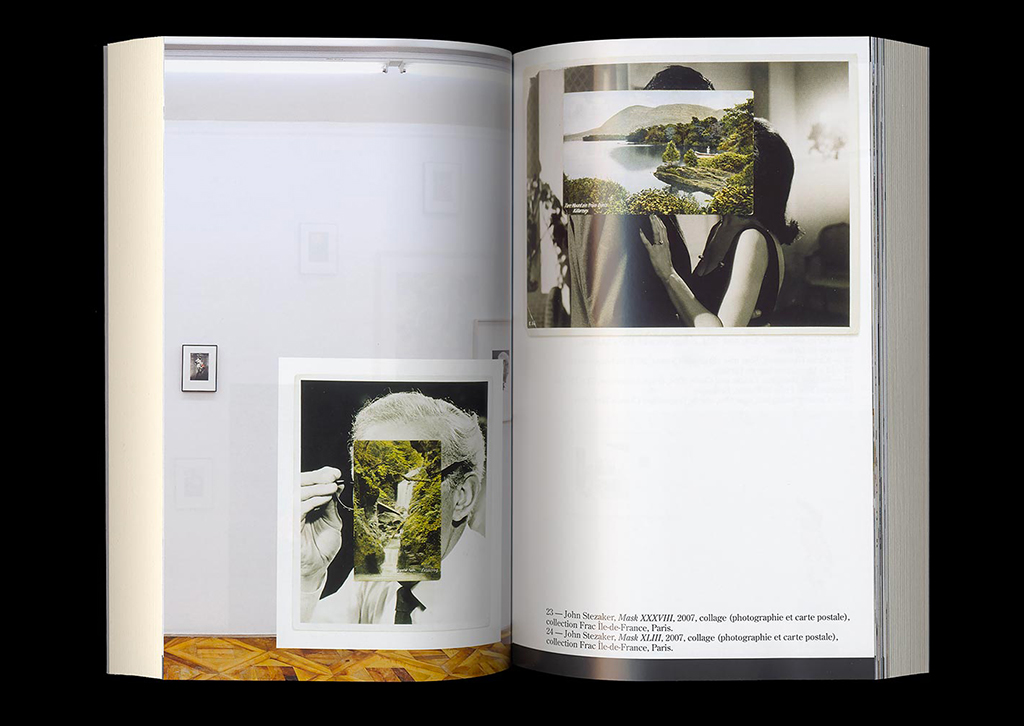
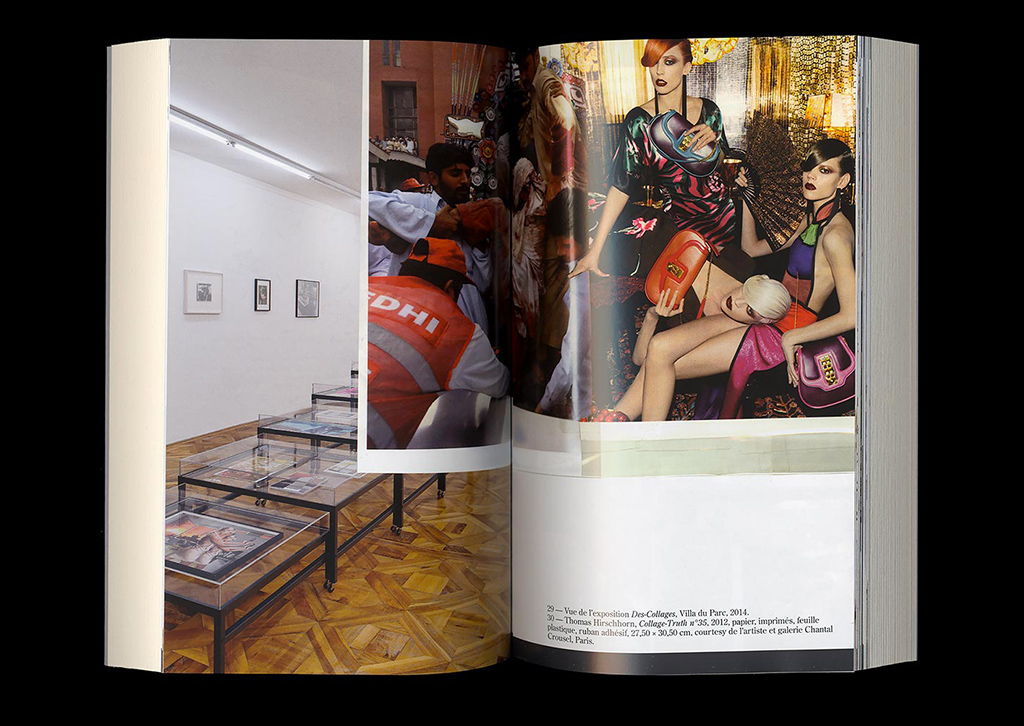
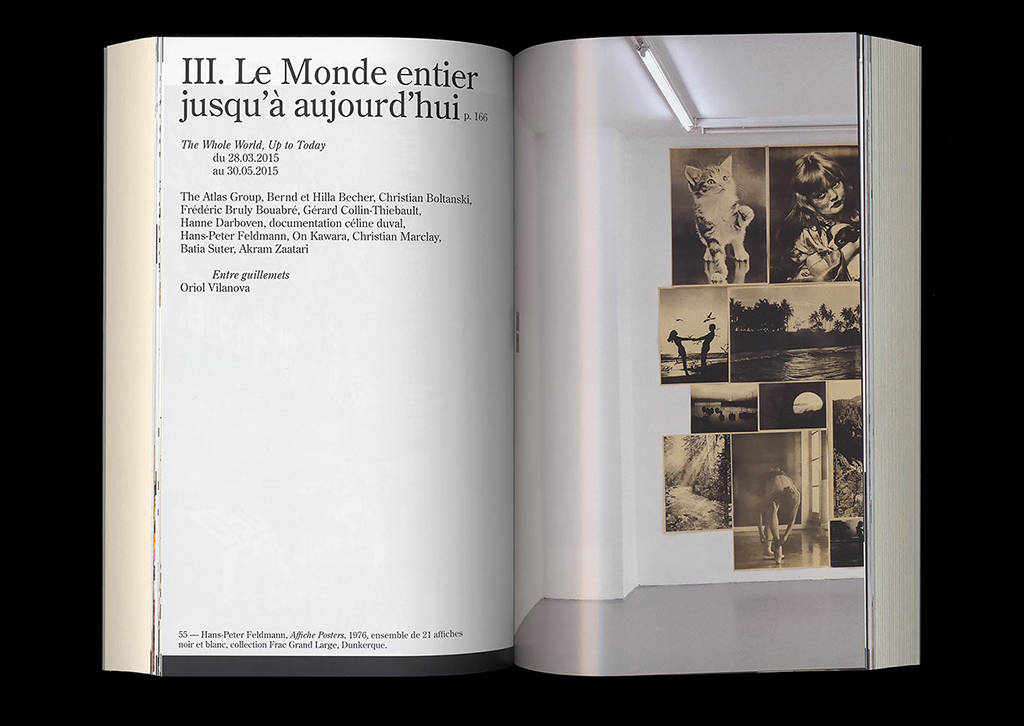
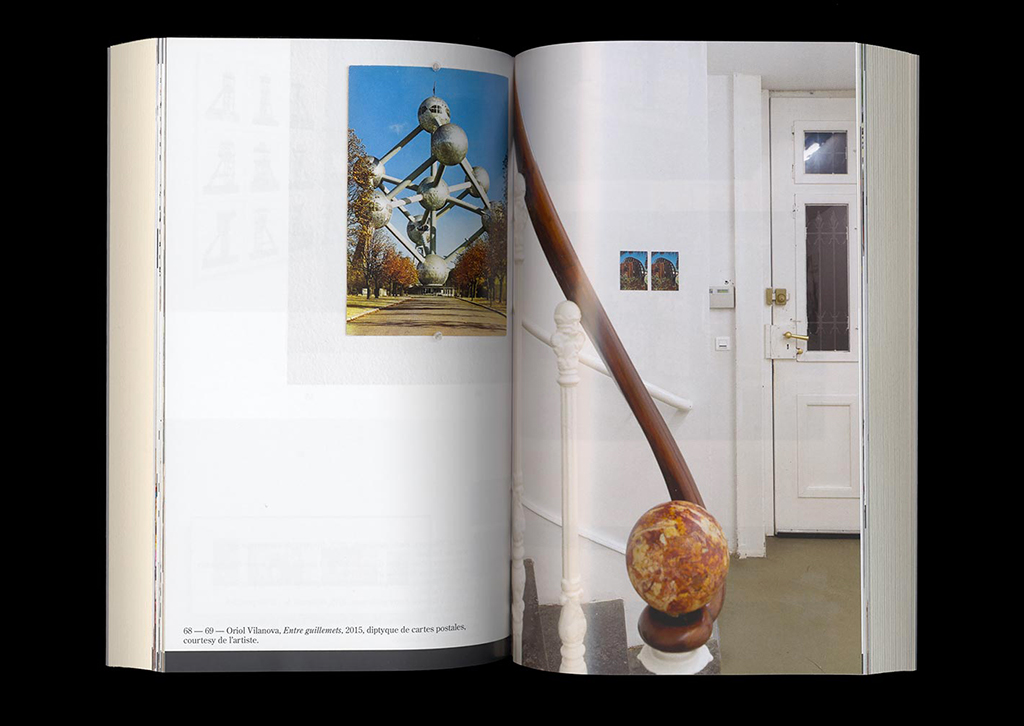

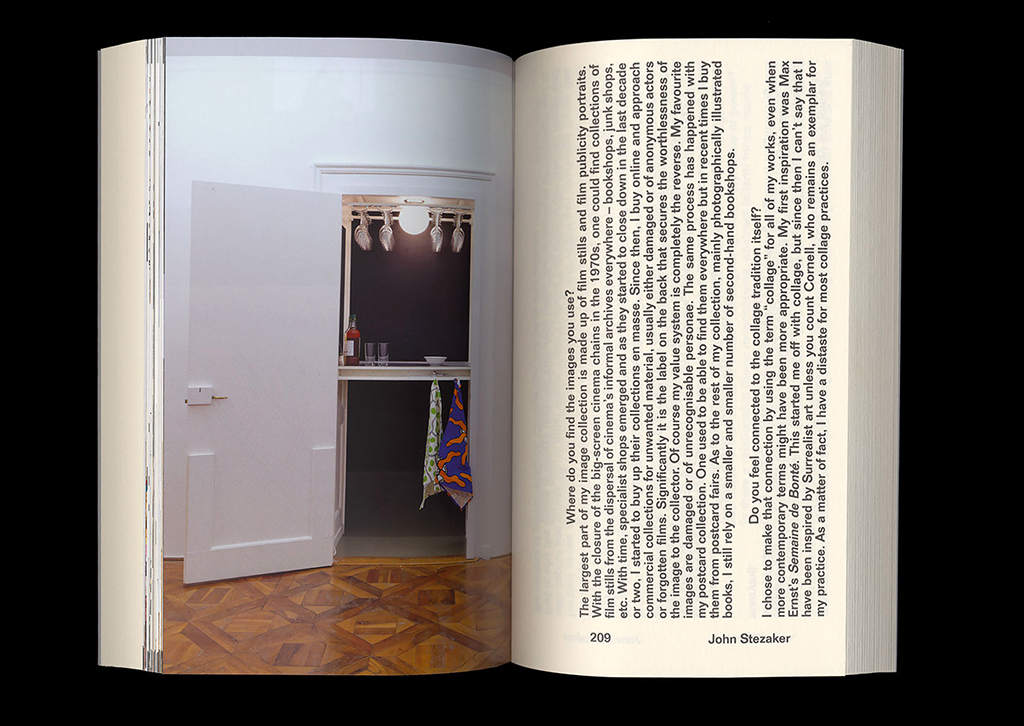
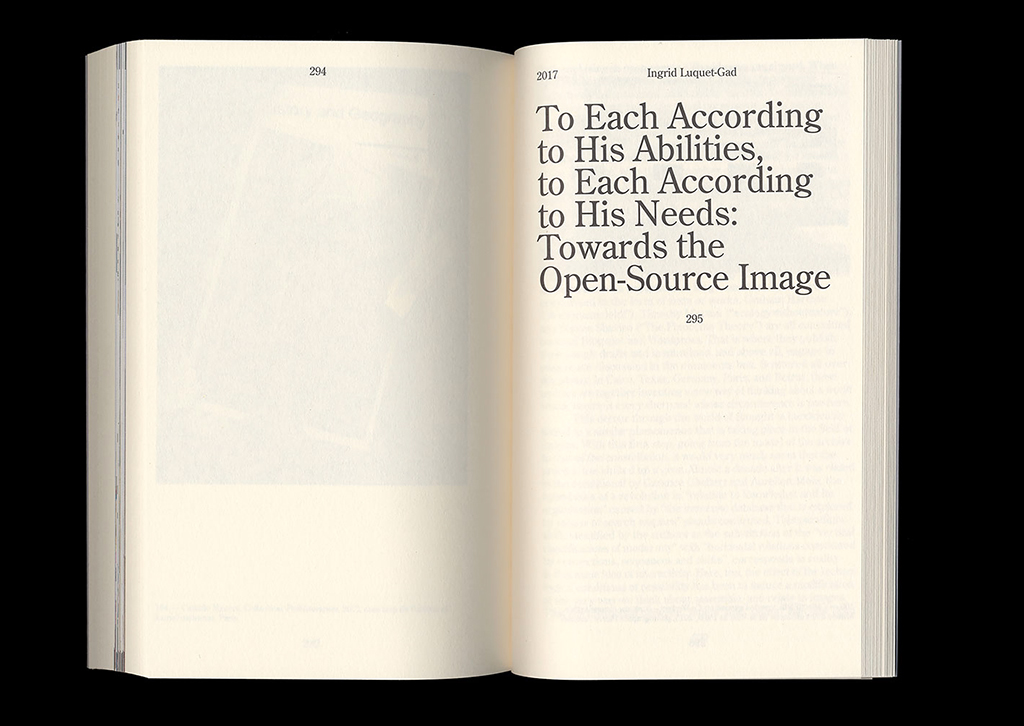
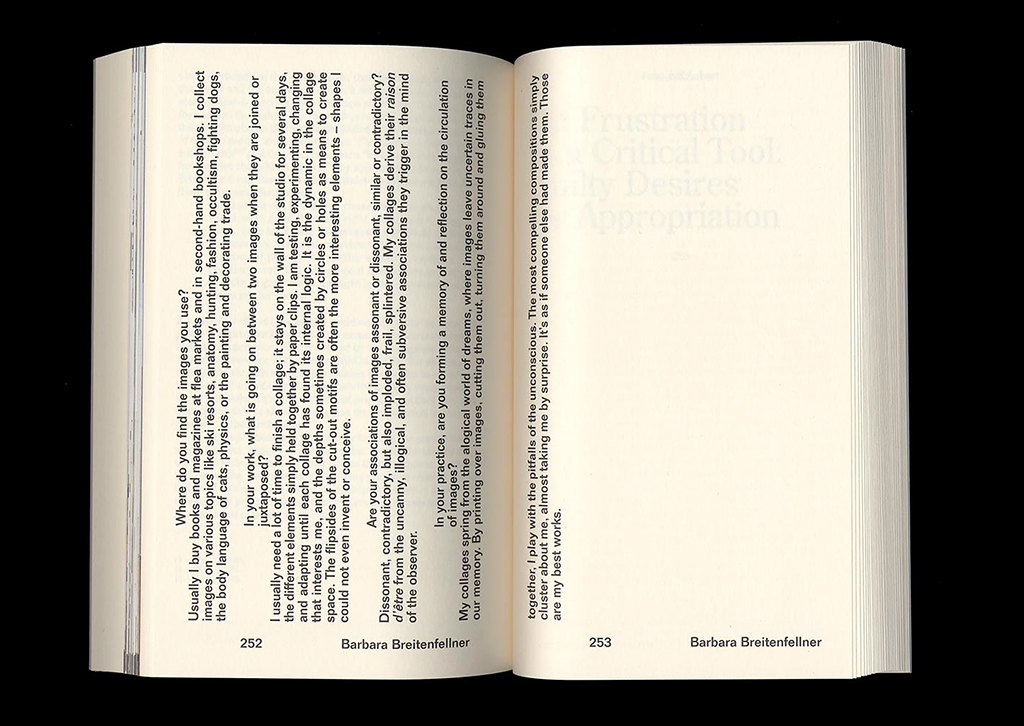
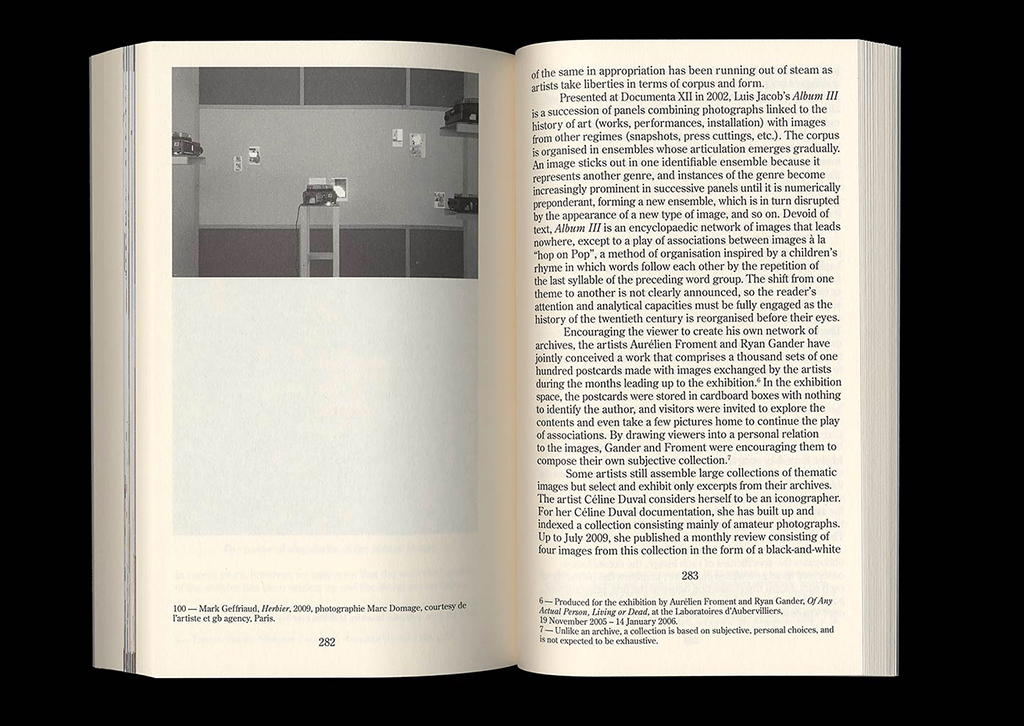
éditions Empire & Villa du Parc, centre d’art contemporain
ISBN : 979-10-95991-02-1
English / French
342 + 16 pages
125 x 200 mm
Design: Syndicat
Out of stock
22 €
2018
éditions Empire & Villa du Parc, centre d’art contemporain
ISBN : 979-10-95991-02-1
English / French
342 + 16 pages
125 x 200 mm
Design: Syndicat
Out of stock
22 €
2018
For over a century now, iconographer artists have fuelled their approach by tapping into the diversity of images produced by othersand spread through society by industrial means. From collage to the post-internet school, from archival installations to Appropriationist quotation and image constellations, the present book puts these art practices into perspective, focusing on the last forty years, an extraordinarily dynamic period that recently witnessed the invention and development of a new way of disseminating information and images, the internet. Through theoretical texts, artists’ interviews, and exhibition practices, the book maps the connections artists maintain with images and examines emotion as the driving force in our interactions with them.
Editors: Garance Chabert & Aurélien Mole
Texts: François Aubart, Garance Chabert & Aurélien Mole, Ingrid Luquet-Gad, Jan Verwoert.
Interviews: Pierre-Olivier Arnaud, Barbara Breitenfellner, Céline Duval, Haris Epaminonda, Aurélien Froment, Wade Guyton, Camille Henrot, Thomas Hirschhorn, Pierre Leguillon, Jonathan Monk, Clément Rodzielski, Linder Sterling, John Stezaker, Oriol Vilanova, by Timothée Chaillou.
16 page leaflet, Album XIII (excerpt), Luis Jacob, 2015.
